
The OTHER Reason to Watch
The French Connection
Every year come the dark winter months we suffer the same debilitating affliction. It’s called S.A.D. Seasonal Automotive Depression and is brought about by the automotive void in our lives, caused by snow, ice and road salt. While a sure fire cure would be to slip behind the wheel of our favorite rides for a spirited run on a twisty section of two lane, even the opportunity to view some cool vehicles would help ease the symptoms.
Sadly car spotting opportunities have run dry, especially for those of us located in the Rust Belt. While we keep busy tinkering away in the F-Bomb Garage it can get tedious staring at the same vehicles every day.
At Frontseat Driving we aren’t quite as smitten by high dollar super cars as most automotive enthusiasts so while the new season of Top Gear The Grand Tour is just about to be released it just doesn’t quite scratch that itch. We are more interested in quirky cars, the underdogs, and the obscure survivors, the mainstream cars of days past that one just doesn’t see on the streets anymore simply through attrition.
So while we wait (somewhat) patiently for spring showers to wash away the salt, and warmer temperatures to draw the cool cars out of the garages like they do buds from the tree branches we’ve begun to self medicate with a dose of vehicles found on the silver screen.
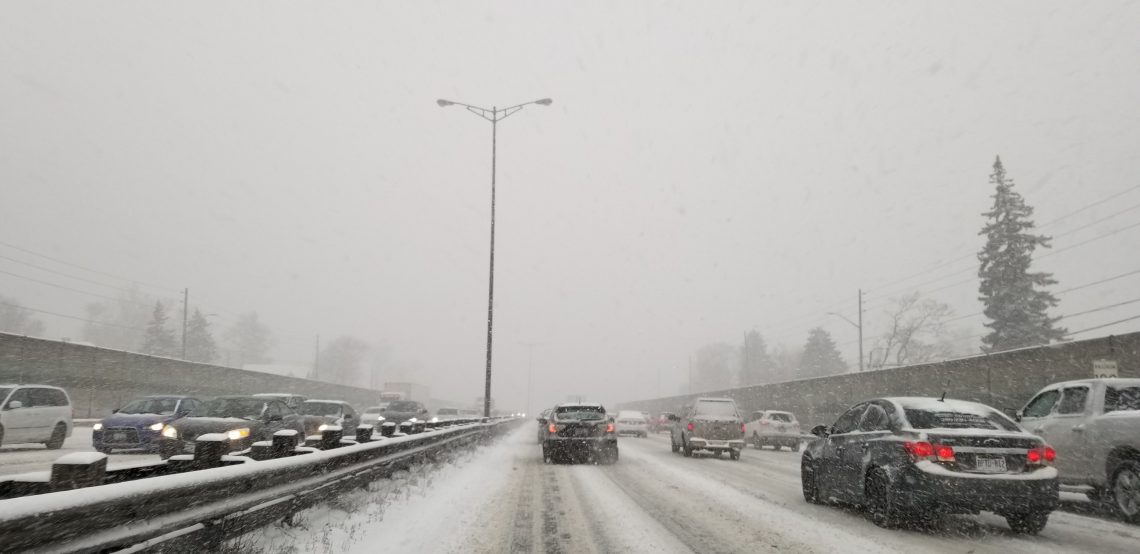
We’ve found that watching old 50s, 60s and 70s films is not only a great way to wile away the cold months ahead of us, it is also a pretty great opportunity for car spotting without flying to Cuba or even leaving the comfort of the couch that we are hibernating on. Many will have immediately noticed that we failed to mention the 80s. As children of the eighties ourselves it’s painful to admit that it is entirely accurate to describe movies and cars from that decade as old vintage (nope can’t even type it yet).
A couple years back we started making an effort to watch the great automotive themed classics. Despite being classics, and having heard and read references to many of them often over the years, truthfully we had never seen them ourselves. We started with the big ones like Bullitt, Vanishing Point, Two Lane Blacktop, and Dirty Mary – Crazy Larry. As huge Beastie Boys fans the latter had been eating away at us since Paul’s Boutique was released in 1989 – procrastination indeed. Slowly the list and the obscurity grew to include movies like Thunder Road, Thunder and Lightening, Duel, and Death Race 2000. Of course they aren’t all winners but we’ll pick away at the list in future articles.
This winter we have started to turn our attention to movies that while not particularly of an automotive theme, feature seminal car chases. So far we’ve knocked off The French Connection, To Live and Die in L.A., and revisited The Seven Ups while Ronin has been on frequent rotation for years. Today as you probably guessed from the lead photo, we’ll take a look at The French Connection. We’ll be covering films here more regularly in the future and thought that this film was the perfect segue way as not only do automobiles play a integral role, it is critically acclaimed and offers a great number of background vehicles to enjoy.
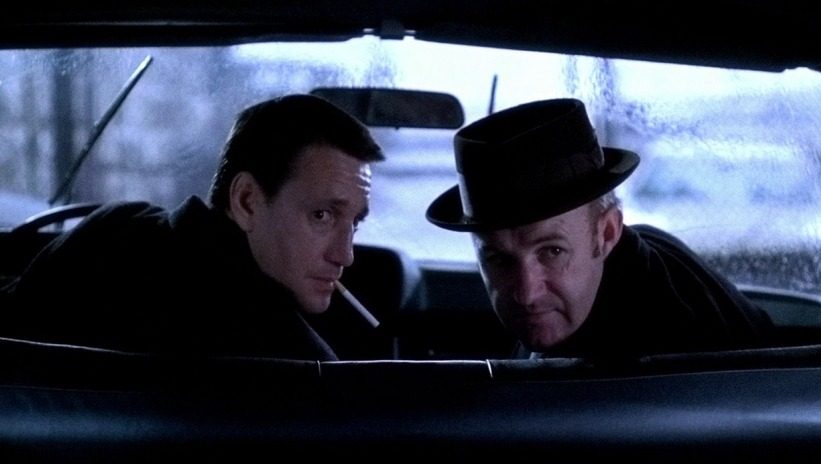
The French Connection was released in 1971 and dominated the Academy Awards the following year. It took home Oscars for Best Picture, Best Actor, Best Director, Best Adapted Screenplay and Best Editing. It also received nominations for Roy Scheider for Best Supporting Actor, Best Sound, and Best Cinematography.
The story, based on true events centers on two hardened NYC narcotics cops, Jimmy “Popeye” Doyle (Gene Hackman) and Buddy “Cloudy” Russo (Roy Scheider) that ride the fine line between good-cop and dirty-cop while unravelling the biggest international heroin smuggling operation of the time.
This Academy Award winner was widely acknowledged for its innovative pacing, use of music, camera angles and most notably bringing a new approach to the police drama genre by depicting realistic, uncensored, and brutally violent police-criminal interactions. One thing to keep in mind while watching, is that it was THIS film that introduced today’s common tropes; the cop’s gut intuition, the FBI and city PD rivalry, and it was THIS film that first brought realism to the cop drama. The French Connection was also unique in its ability to tell a story without spelling out each and every detail allowing a scene to unfold naturally like a documentary without a narrative. This was likely come by honestly as Friedkin a new filmmaker at the time, had as much or more experience filming documentaries than feature films. Friedkin is now well known for filming in this manner. While other directors would have the scene dumbed down for the viewer using explanatory dialogue that would never realistically be spoken, Friedkin has faith in his viewership and allows them to make the necessary connections on their own.

Frontseat Driving however is not a film blog but a driving blog and the reason it has made THIS blog, is the incredibly well crafted and still highly regarded car chase scene. From a filmatic point of view, the car chase isn’t empty action filler common in film making these days. In fact the chase is a tool effectively employed to build tension and wholly engross the viewer emotionally right to the climax of the film. While the end result is a fantastic viewing experience, it’s the backstory of filming the scene that truly unveil just how darned cool this movie really is.
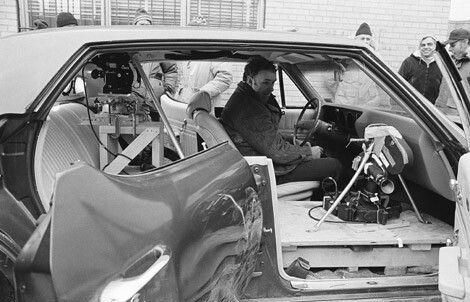
The five minute chase scene, widely acknowledged to be among the genre’s best was executed by famous stunt driver Bill Hicks and produced by Philip D’Antoni and edited by Jerry Greenberg. All three had teamed up three years earlier to film Bullitt (Hicks drove the black Challenger) and would be brought together again a few years later to film another movie we’ll feature here, The Seven Ups.
The street scenes were filmed without permits. The only permit acquired was to film on the train and that was a sketchy arrangement that, including cash and a one way ticket to Jamaica, was more payoff than official city business. This is so unlikely in today’s lawsuit ridden environment that I initially doubted the veracity of this claim. However it has since been publicly verified several times – amazing.

From the viewer’s point of view what differs from the typical car chase scene is that the villain is making his escape via a commandeered elevated train with the cop giving chase from the streets below.
Assisting this novelty is the realism that could only have been captured by having been performed in real traffic, as Hickman drove the 1971 Pontiac LeMans at speeds up to 77 mph for 26 blocks. While claims of speeds up to 90 miles per hour have been made in the past and are still quoted, some detailed analysis suggests the speeds, while still bordering possibly even crossing into insanity, likely a bit less than 80 mph.

The five minute chase scene, widely acknowledged to be among the genre’s best was executed by famous stunt driver Bill Hickman and produced by Philip D’Antoni and edited by Jerry Greenberg. All three had teamed up three years earlier to film Bullitt (Hickman drove the black Challenger) and would be brought together again a few years later to film another movie we’ll feature here, The Seven Ups.
The street scenes were filmed without permits. The only permit acquired was to film on the train and that was a sketchy arrangement that, including cash and a one way ticket to Jamaica, was more payoff than official city business. This is so unlikely in today’s lawsuit ridden environment that I initially doubted the veracity of this claim. However it has since been publicly verified several times – amazing.
“The car chase was filmed without obtaining the proper permits from the city. Members of the NYPD’s tactical force helped control traffic. But most of the control was achieved by the assistant directors with the help of off-duty NYPD officers, many of whom had been involved in the actual case. The assistant directors, under the supervision of Terence A. Donnelly, cleared traffic for approximately five blocks in each direction. Permission was given to literally control the traffic signals on those streets where they ran the chase car.
Even so, in many instances, they illegally continued the chase into sections with no traffic control, where they actually had to evade real traffic and pedestrians. Many of the (near) collisions in the movie were therefore real and not planned (with the exception of the near-miss of the lady with the baby carriage, which was carefully rehearsed).
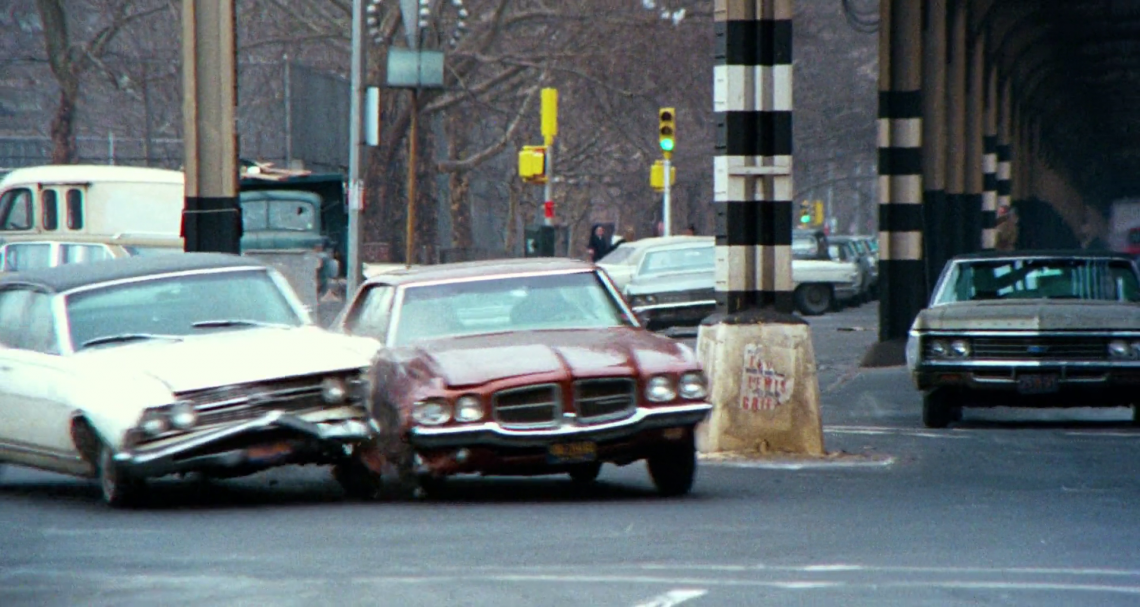
At one point Hickman, with Friedkin manning the camera in the backseat right behind him, collides with another car in spectacular fashion. Early reports stated that while unplanned the offending car had been driven by a fellow stunt driver who missed his point. The scene was kept in the film by Friedkin as it added reality to the whole sequence.
“Friedkin operated the camera himself because the other camera operators were married with children and he was not.”
Decades later it was revealed that rather than a crew member the car was actually driven by a civilian who had just left his house only a few blocks away on his way to work and escaped notice until driving right in front of the film car. The producers later paid for the repairs to his car.
“The fact that we never hurt anybody in the chase run, the way it was poised for disaster, this was a gift from the Movie God. Everything happened on the fly. We would never do this again. Nor should it ever be attempted in that way again.”
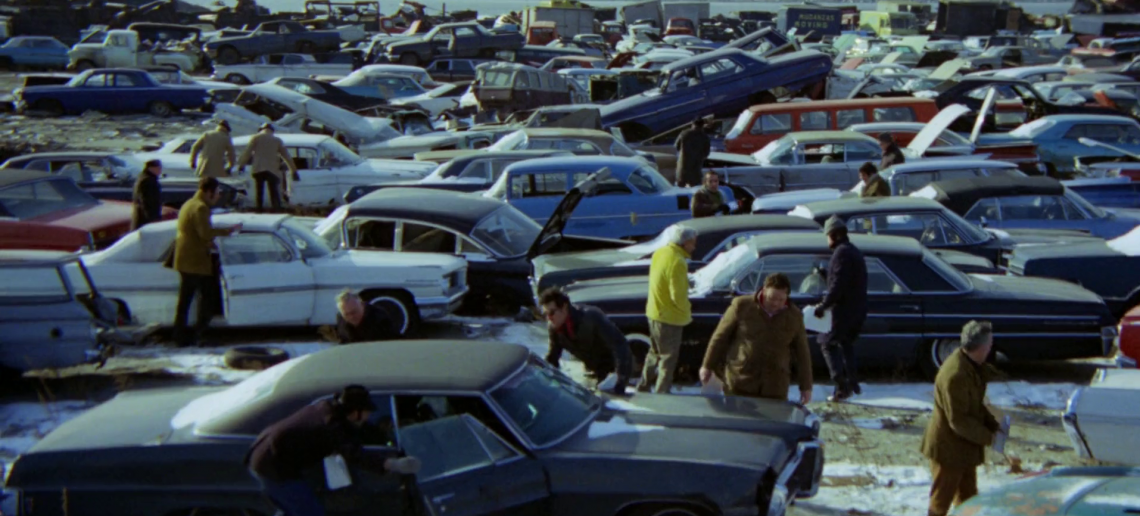
While The French Connection is legitimately a great movie, and the chase scene expertly crafted and thrilling to watch, some of the real fun comes in the form of the countless car spotting opportunities arising from the busy New York City streets. Whether driving by, or parked alongside, interesting vehicles literally fill the streets. An especially interesting scene is filmed at an automotive wrecking yard where vehicles in conditions that now would demand tens of thousands of dollars are on their way to oblivion having been unceremoniously given up on. So frequent are the interesting spots that one has to show restraint in order to watch the film as it was intended to flow rather than constantly being punctuated by the pause button.
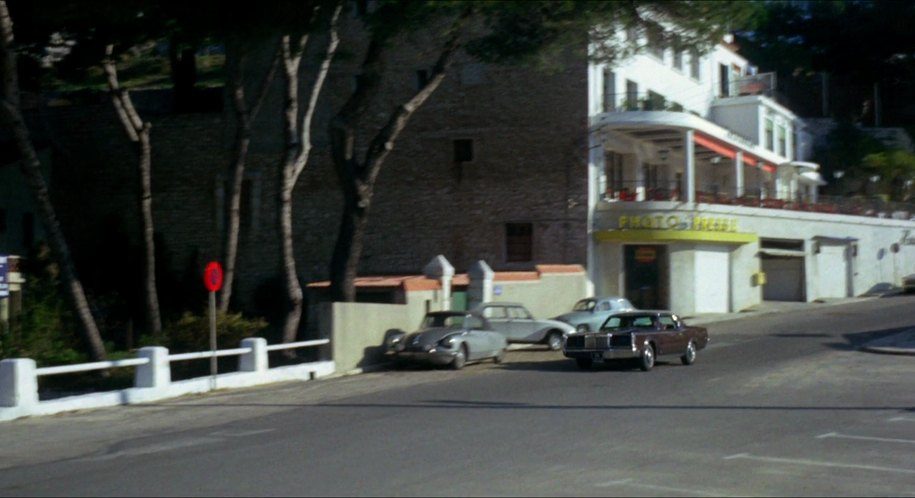
As the movie’s opening scene is set in Marseilles the viewer is treated to great selection of European makes and it will come as no surprise that a decent selection of French cars make an appearance in the first few minutes of the movie including Renault, Simca, and Citroën, and a very unique Chapron bodied DS2. Oddly it is in France that we are introduced to the antagonist’s car a Lincoln Continental Mark III that later makes an appearance in New York.

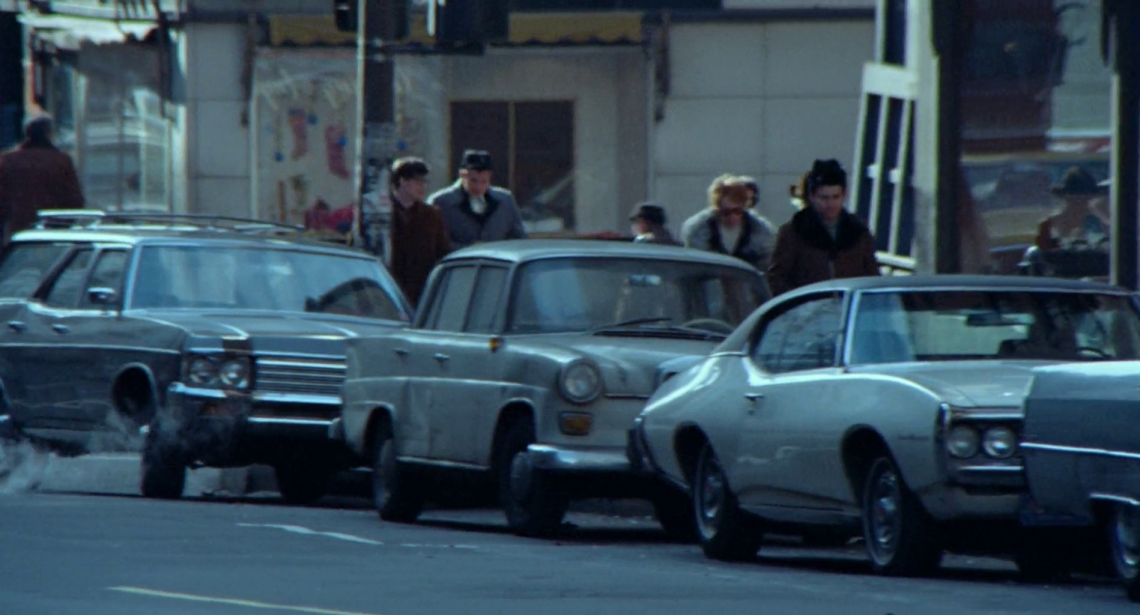
There is no shortage of European cars back on North American soil however. Some noteworthy European spots include an Alfa Romeo 1750 Berlina, ‘67 Fiat 124 both Coupe and Spider, BMW 3.0 CSi, Mercedes W110 Fintail, Volvos spanning 3 decades, countless Beetles, a couple VW split window buses (only 15 windows) and a 1960 Porsche 356.
Of course the mainstay of the spots are American makes. No manufacturer typifies American cars of the time like Cadillac, and there is a good selection of Fleetwoods, DeVilles (Coup and Sedan), and even an Ambulance to watch for.
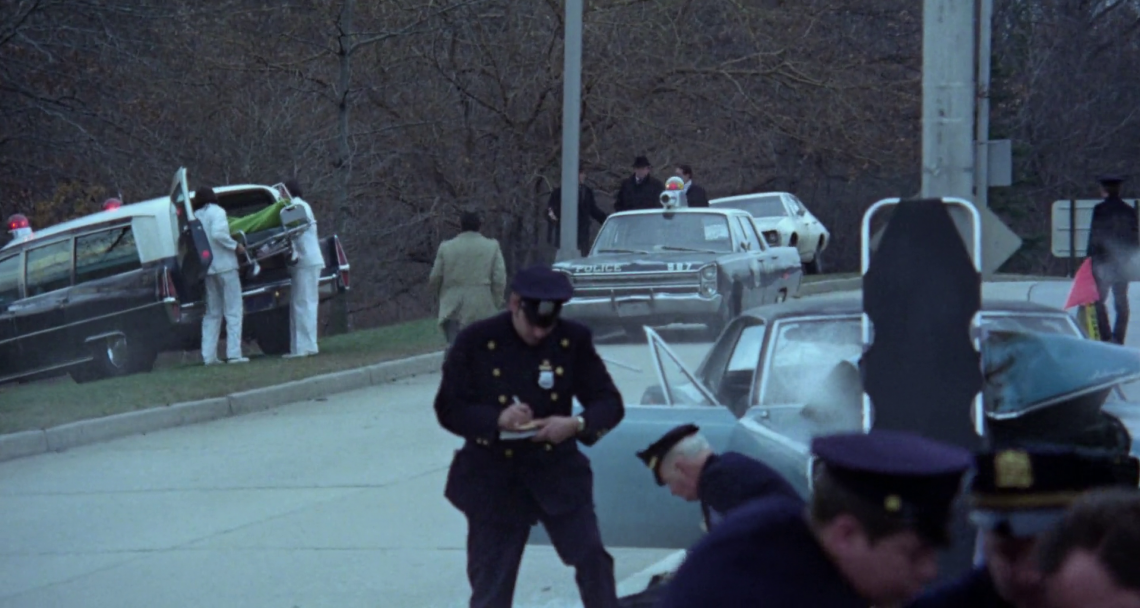
Some pretty cool vans make roadside appearances including a a cool ‘67 Chevy van, a 68 GMC Handi-Van, 71 Dodge Tradesman and a Dodge A100.
Wagon lovers will notice a Ford Custom Ranch, and a good selection of Chevys including a 1960 Parkwood, a 1970 Kingswood and Townsman, and a ‘62 Chevy II
Perhaps in tribute to the multiple connections to Bullitt, a Charger makes an appearance, and Pontiac fans have no shortage of eye candy including not only the starring LeMans but also a 67 Firebird, and a GTO.
Ford’s famous Pony car made an appearance though we only spotted what is likely to have been a 6 cylinder notchback. It seems unlikely that a V8 Fastback wouldn’t have made an appearance. Perhaps we missed it if so drop-us-a-line to let us know.

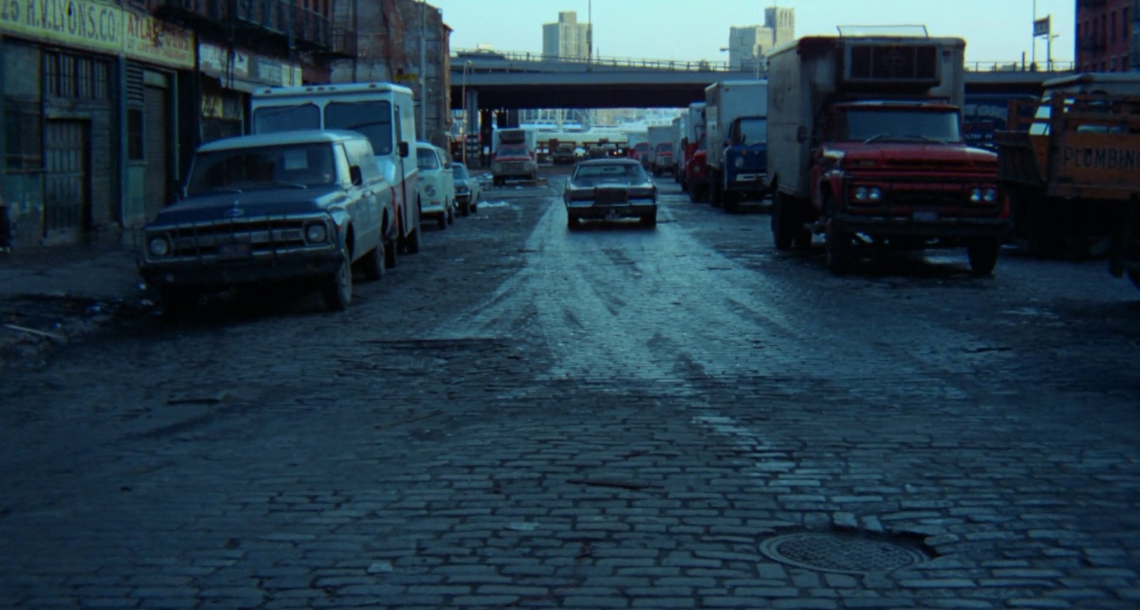
Of course many of these cars can be seen all summer long at your average car show, so it’s always a real pleasure to see the stuff that has all but disappeared the workhorses that were used, abused and disposed of. Delivery vehicles abound in the form of a Chevy C10 Panel, Step Vans, Grummans, and International Metros. Moving up the tonnage scale many buses, and transport trucks from GMC, White, Mack, International, and others, can be seen throughout the movie.
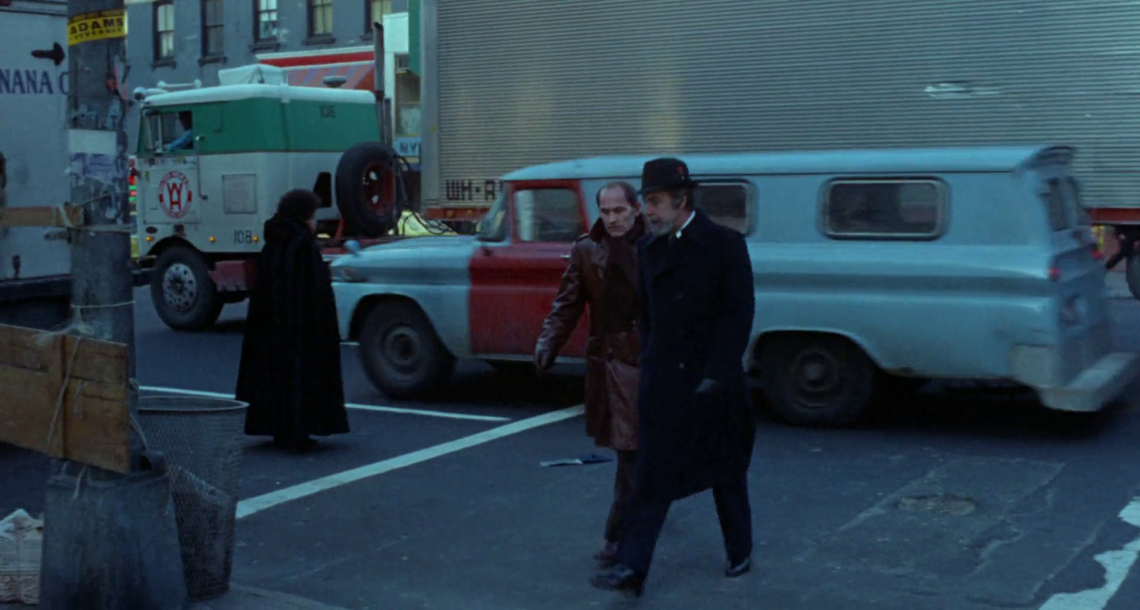
We spotted very few Japanese cars. In fact the only one we spotted was pointed out to us. Admittedly we don’t have a particular affinity for 60s/70s Japanese cars and so they may have gone unnoticed. Can you find our one example? Did you find any yourselves? Please let us know down below or on our Facebook Page and we’ll add a few of YOUR spots to the article.
If this article prompts you to watch the movie for the first time, we’d love to know what you thought of it. We’ll delve into more classic car films in the coming months so stay tuned.
